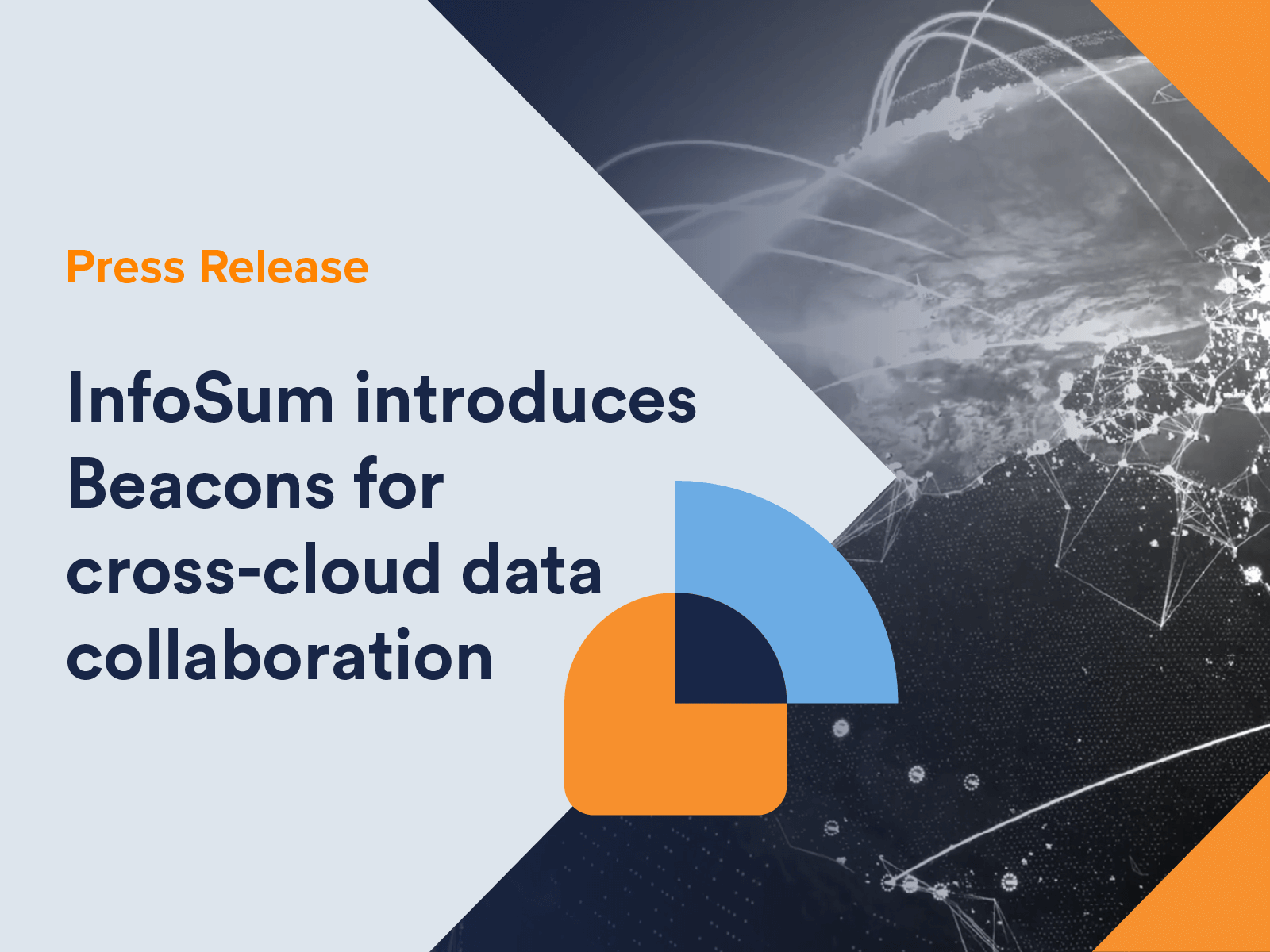If you’ve been following the evolution of marketing over the past few years, you won’t be surprised to hear that its future depends on first-party data.
Thanks to first-party data, Kia improved its campaigns’ click-through rate by nearly 300%. Wealth planning platform Zoe Financial increased revenues 200%. And high street banks like HSBC or Bank of America are turning billions of digital interactions a month into specs for new products and services. According to BCG and Google, companies that use first-party data for marketing get a boost of 2.9X in incremental revenue and 1.5X in cost savings.
Retail banks, credit card issuers and other finserv companies are ideally positioned to ride this wave: They have troves of customer data, including demographics, income, credit details and a constant stream of transaction receipts. But that data is highly regulated—they collect it primarily to manage accounts and assess risk, not for marketing purposes. And with hundreds of laws protecting consumer financial data around the world, and many more governing data privacy, most companies have been reluctant to explore other uses for it.
As a result, many finserv marketers hold their customer data on the backburner and continue to rely on broad awareness ads to reach new consumers, or very narrow (and costly) direct response campaigns aimed at a limited number of prequalified prospects.
But with a data clean room (DCR), marketers can use customer data without compromising anyone’s privacy. That changes everything. Here are four DCR use cases for finserv companies to let go of their inhibitions and finally put their data to work.
#1: Unify internal data silos
Most large financial institutions have been in business for a long time, and they’re often saddled with legacy systems that can’t easily accommodate new requirements, or point solutions that don’t talk to one another. At the current pace of change, young companies aren’t immune either.
They may operate multiple CRMs for different product lines, territories, or marketing channels, or even different systems for old and new customers. It’s not uncommon for a mortgage CRM to be separate from a pensions CRM, for instance. Or for direct marketing and digital campaigns to run off entirely different customer records. Customer service may be completely disconnected from the marketing ecosystem.
Bringing those various datasets together makes a lot of sense from a data management and governance perspective, but data ownership can easily get in the way. A DCR clears the way by allowing internal teams to collaborate without requiring them to relinquish control over their product lines or move any of the data around.
#2: Cross-sell and up-sell existing customers
A DCR makes it possible for a company to build a single view of its customers, follow them along their purchase journey, and up-sell and cross-sell them based on past behavior (for existing customers) and insights from comparable profiles (for new customers).
A relatively straightforward segmentation of the data can identify those most likely to be receptive to a high-yield savings offer, open a mortgage, or combine auto and home insurance. And with the right media partners, it becomes possible to reach those high-value consumers on their favorite channels, and with exactly the right message for the occasion.
TSB Bank and Global used an InfoSum clean room to match TSB’s 5 million customers to a dataset of more than 50 million radio listeners on the Global radio network. By identifying the radio stations their customers listened to, TSB was able to optimize its ad spend, improve positive impressions for the brand, and boost applications for its new Spend and Save accounts by 31%.
#3: Improve advertising performance
There are so many media platforms on the market today that it’s become really difficult for marketers to keep up with consumers. They’re not all watching the same primetime shows anymore, or heading to Anfield Stadium to watch a game this weekend (Liverpool FC players have been wearing Standard Chartered on their chest for years).
Nothing against linear TV and sponsorship deals—they’re still incredibly effective channels for marketers at the top of the funnel. But with new addressable channels like social, CTV, retail media, digital out-of-home or podcasts, finserv companies now have many more arrows in their quiver to reach a broad cross-section of consumers (not just prescreens) with relevant offers across the entire purchase funnel.
But you cannot improve what you cannot measure. DCRs facilitate not just campaign activation, but measurement too. A global fintech company needed to test a new campaign in the U.K. recently before launching it in full on ITV. It used Planet V, ITV’s DCR-based media planning platform, to conduct a scientific incrementality experiment, and the results—an 18% lift in new app downloads—gave the company the confidence to expand the campaign to ITV’s 35 million addressable users.
In a recent blog post, my colleague Ben Chivers just highlighted two other DCR-enabled measurement capabilities besides incrementality testing: cross-channel reach and frequency, and audience optimization. Take a look to learn more (and find out what marketing has in common with mountaineering).
#4: Create new products and data monetization opportunities
Finally, a DCR gives a bank, credit union or insurance company peace of mind to analyze its customer data and look for insights or patterns that may be valuable not just for its own marketing initiatives, but for other brands as well. And it gives those brands a platform to connect their own first-party data to the bank’s rich data assets.
Travel companies and retailers have long benefited from co-branding relationships with banks and credit card issuers, and there’s certainly an opportunity for those longtime partners to use DCRs to boost discovery and enhance their joint product offerings. But even brands that don’t have a co-branding relationship with a bank or credit card company can use a DCR to tie their first-party data to it, either through a second-party data partnership or via third-party syndicated data sources.
With cookies on the way out and brands eager to stay competitive with their data-driven campaigns, those data partnerships can develop into exciting new revenue streams for banks and other finserv companies. After all, credit card data is more valuable than cookies, as Publicis Sapient noted years ago.
Become a listening bank
There was a time when banks knew their top customers like the back of their hands. They rolled out the red carpet when they came in and knew when big life events were happening: a new baby in the family, a new house, or an upcoming graduation. They listened to their customers (‘the listening bank’ was the slogan of Midland Bank in the U.K.), anticipated their needs and earned their lifetime business.
In recent years, “consumer demand for increasingly digital, seamless and tailored experiences” has made digital transformation an imperative in financial services, as Deloitte put it. And while there’s no denying the many benefits of that transformation for finserv companies (reduced overhead, automated risk management, better regulatory compliance) and the end consumer (faster service, greater access to financial products, more competitive offerings), it’s come at the expense of the client-banker relationship.
But with a DCR, banks, insurers and other finserv companies can roll out the red carpet again: serve their customers at scale with more personalized offers and more relevant products, all while streamlining internal inefficiencies and improving the bottom line.
Ready to learn more?
We recently hosted a webinar with Lloyds Banking Group and Global to explore how financial services companies are delivering better customer experiences and enhancing campaign performance through first-party data collaboration. Watch on-demand here.







